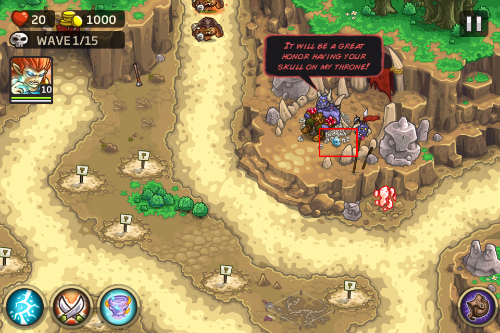

Thus we can observe it is at this stage of the confrontation that Haman assumes a clearly defined role. Frustrated by Moses’ success and the wavering of his own people, Pharaoh instructs Haman to construct for him a lofty tower so that he can survey the God of Moses, though he is convinced Moses is lying. Pharaoh refused to accept the result of the contest and instead threatens severe punishment to anyone who believes in Moses and his God.

When the contest takes place and Moses prevails, Pharaoh’s magicians fall prostrate and openly declare their belief in the God of Moses. Consequently, the Pharaoh sets a challenge between Moses and his best magicians to see whose signs are really superior this event is given added significance as it is to take place on the renowned ‘Day of Celebration’. After showing Pharaoh his miraculous signs, Pharaoh’s inner circle of leaders become fearful, with Pharaoh accusing Moses of being a learned sorcerer trying to expel him from Egypt by using magic.

This part of the story begins when God sends Moses to Pharaoh with miraculous signs. The confrontation between Moses and the Pharaoh is one of the most vividly described stories in the Qur’an, mentioned with details in fifteen sūrahs. Based primarily on the principal continuous text portions we can indeed discover the Qur’anic Haman, and reach a more useful assessment of his character than simply listing the verses containing his name. One of the most vividly described and oft-repeated head-to-head confrontations in the Qur’an, this story can be found dispersed throughout many sūrahs.

Three other characters, al-Samiri, the unidentified servant and the servant of God, do not play a role in the confrontation though they are part of the larger Moses narrative. Other characters that form part of this narrative are Hārūn (Prophet, supporter of Moses) and Qarūn. From these six verses we can deduce Haman is one of the characters depicted in the confrontation between Moses and Pharaoh, indicating it is this part of the story where the context of Haman can be properly established. Haman is mentioned by name in six verses of the Qur’an. Hāmān According To The Qur’an: A Brief Character Analysis We propose to examine the various aspects of this controversy, primarily grounded in a source-critical analysis along with a literary comparison, in light of modern historical and archaeological research.Ģ. It has been suggested that Prophet Muhammad mixed biblical stories, namely the Jewish myths of the Tower of Babel and the story of Esther and Moses into a single confused account when composing the Qur’an. According to the Book of Esther, Haman was a counsellor of Ahasuerus (the biblical name of Xerxes) who was an enemy of the Jews. The name is said to be Babylonian, not Egyptian. They say that the name Haman is first mentioned in the biblical Book of Esther, around 1,000 years after Pharaoh. Western scholars have concluded that Haman is unknown to ancient Egyptian history. Haman is mentioned by name six times in the Qur’an and is referred to as an intimate person belonging to the close circle of Pharaoh, one who was engaged in construction projects. I think (Moses) is a liar!" Ĭontroversy has prevailed since the European ‘Renaissance’ regarding the historicity of a certain Haman, who according to the Qur’an, was associated with the court of Pharaoh to whom Moses was sent as a Prophet by God. Heavens, and that I may mount up to the god of Moses: But as far as I am concerned, That I may attain the ways and means- The ways and means of (reaching) the Pharaoh said: "O Haman! Build me a lofty palace, © Islamic Awareness, All Rights Reserved.Īssalamu ʿalaykum wa rahamatullahi wa barakatuhu: Biblical Haman » Qur'anic Haman: A Case Of Straightforward Literary Transition?īiblical Haman » Qur’ānic Hāmān: A Case Of Straightforward Literary Transition?


 0 kommentar(er)
0 kommentar(er)
